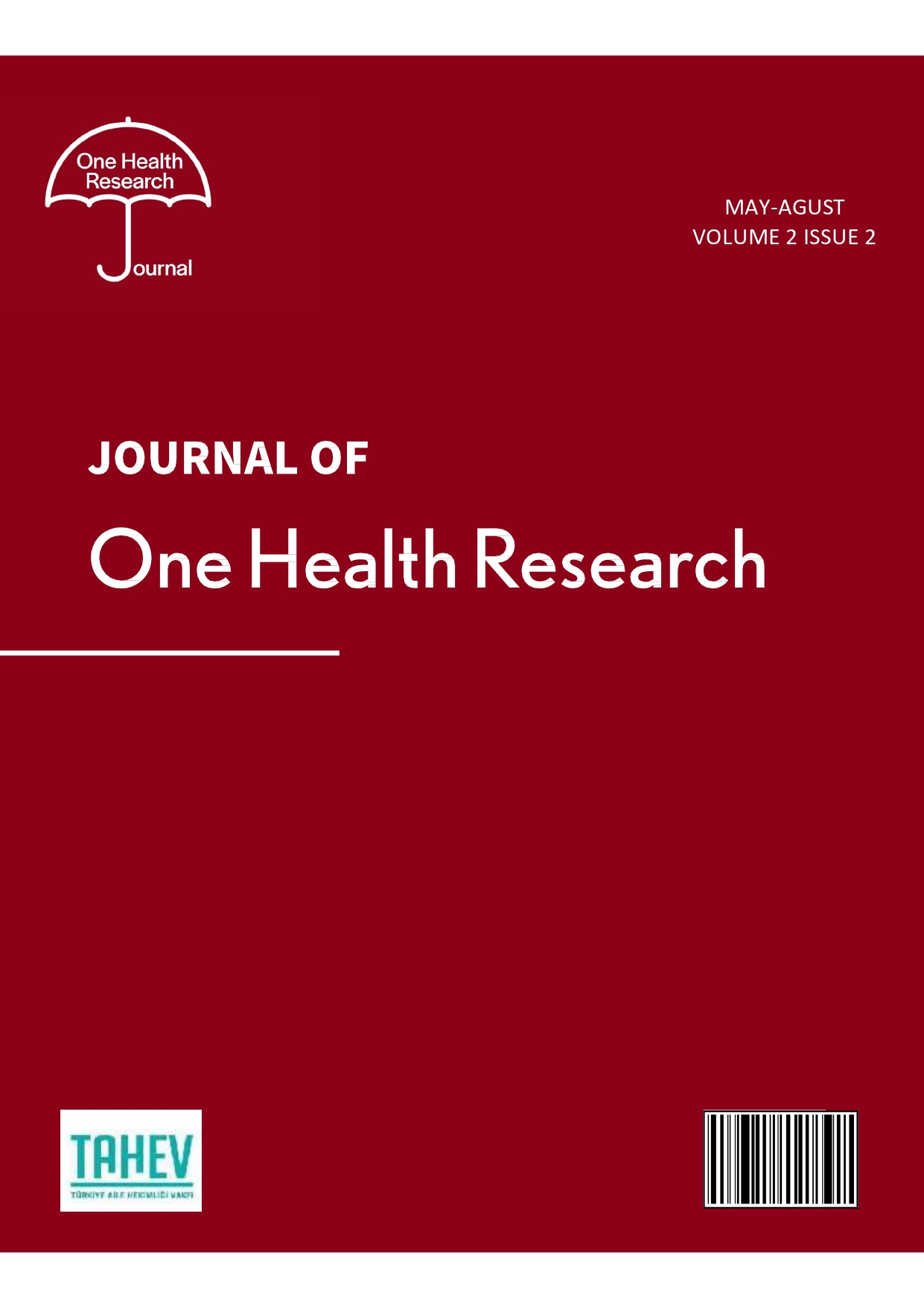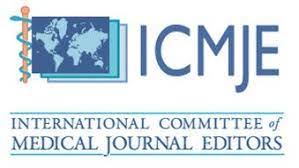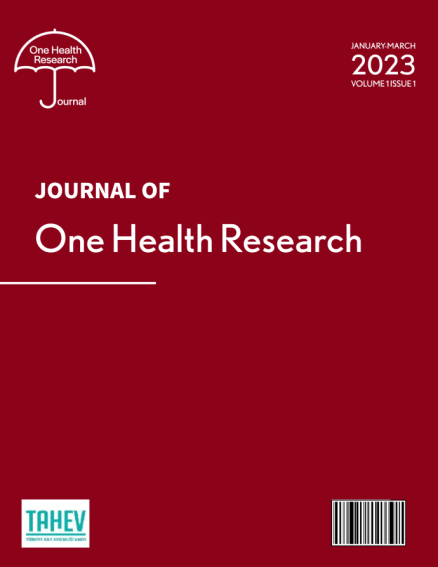Besin destekleri: Yasal düzenlemeler ve sağlık riskleri
DOI:
https://doi.org/10.5281/zenodo.10970997%20Anahtar Kelimeler:
Food Supplements; Legal Regulations; Health RisksÖzet
The Academy of Nutrition and Dietetics emphasizes that the best strategy based on nutrition is to ensure dietary diversity. Dietary supplements do not replace a balanced diet but can be used to support the diet, especially in cases of inadequate intake or increased requirements. With the rapid increase in the use of dietary supplements worldwide, they have gained significant economic importance in global trade. The definition of dietary supplements and the related regulations vary from country to country. Concerns about food supplements' quality, effectiveness, and safety are increasing. Situations such as mixing pharmaceutical active ingredients, metal contamination, microbial contamination, pesticide residues, and other harmful chemicals can pose health risks. Therefore, regular monitoring and ensuring the safety of food supplements are of great importance. Factors such as consumers not fully understanding the difference between food supplements and medicinal products, misleading advertisements, and irregular inspections make it difficult to question the safety and effectiveness of these products. Therefore, it is important to act consciously and carefully regarding the health effects of food supplements.
Referanslar
Marra MV, Boyar AP. Position of the American Dietetic Association: nutrient supplementation. J Am Diet Assoc. 2009;109(12):2073-85.
Marra MV, Bailey RL. Position of the Academy of Nutrition and Dietetics: Micronutrient Supplementation. J Acad Nutr Diet. 2018;118(11):2162-73.
Binns CW, Lee, M. K., & Lee, A. H. Problems and prospects: public health regulation of dietary supplements. Annual review of public health. 2018;39:403-20.
Resmi Gazete. Türk Gıda Kodeksi Takviye Edici Gıdalar Tebliği. Tarih: 16.08.2013 Sayı: 28737. (Tebliğ No: 2013/49). 2013. Erişim Tarihi: 11.03.2024. http://www.resmigazete.gov.tr/eskiler/2013/08/20130816-16.htm
Costa JG, Vidovic B, Saraiva N, do Ceu Costa M, Del Favero G, Marko D, et al. Contaminants: a dark side of food supplements? Free Radic Res. 2019;53(sup1):1113-35.
Garcia-Alvarez A, Egan B, de Klein S, Dima L, Maggi FM, Isoniemi M, et al. Usage of plant food supplements across six European countries:
findings from the PlantLIBRA consumer survey. PLoS One. 2014;9(3):e92265.
Rocha T, Amaral JS, Oliveira M. Adulteration of Dietary Supplements by the Illegal Addition of Synthetic Drugs: A Review. Compr Rev Food Sci Food Saf. 2016;15(1):43-62.
Pajor EM, Eggers SM, Curfs KCJ, Oenema A, de Vries H. Why do Dutch people use dietary supplements? Exploring the role of socio-cognitive and psychosocial determinants. Appetite. 2017;114:161-8.
Dwyer JT, Coates PM, Smith MJ. Dietary Supplements: Regulatory Challenges and Research Resources. Nutrients. 2018;10(1):41.
Egan B, Hodgkins C, Shepherd R, Timotijevic L, Raats M. An overview of consumer attitudes and beliefs about plant food supplements. Food Funct. 2011;2(12):747-52.
Petroczi A, Taylor G, Naughton DP. Mission impossible? Regulatory and enforcement issues to ensure safety of dietary supplements. Food Chem Toxicol. 2011;49(2):393-402.
Dlugaszewska J, Ratajczak M, Kaminska D, Gajecka M. Are dietary supplements containing plant-derived ingredients safe microbiologically? Saudi Pharm J. 2019;27(2):240-5.
Rapaka RS, Coates PM. Dietary supplements and related products: a brief summary. Life Sci. 2006;78(18):2026-32.
Food and Drug Administration (FDA). Guidance for industry: questions and answers regarding adverse event reporting and recordkeeping for dietary supplements as required by the Dietary Supplement and Nonprescription Drug Consumer Protection Act. 2012.
Wheatley VM, Spink J. Defining the Public Health Threat of Dietary Supplement Fraud. Compr Rev Food Sci Food Saf. 2013;12(6):599-613.
Eissa F, Sebaei AS, El Badry Mohamed M. Food additives and flavourings: Analysis of EU RASFF Notifications from 2000 to 2022. Journal of Food Composition and Analysis. 2024.
Cohen PA, Maller, G., DeSouza, R., & Neal-Kababick, J. Presence of banned drugs in dietary supplements following FDA recalls. JAMA. 2014;312(16):1691-3.
Cohen PA. The FDA and Adulterated Supplements-Dereliction of Duty. JAMA Netw Open. 2018;1(6):e183329.
Czepielewska E, Makarewicz-Wujec M, Rozewski F, Wojtasik E, Kozlowska-Wojciechowska M. Drug adulteration of food supplements: A threat to public health in the European Union? Regul Toxicol Pharmacol. 2018;97:98-102.
Tucker J, Fischer T, Upjohn L, Mazzera D, Kumar M. Unapproved Pharmaceutical Ingredients Included in Dietary Supplements Associated With US Food and Drug Administration Warnings. JAMA Netw Open. 2018;1(6):e183337.
Wing RR, Phelan S. Long-term weight loss maintenance. Am J Clin Nutr. 2005;82(1 Suppl):222S-5S.
de Carvalho LM, Martini M, Moreira AP, de Lima AP, Correia D, Falcao T, et al. Presence of synthetic pharmaceuticals as adulterants in slimming phytotherapeutic formulations and their analytical determination. Forensic Sci Int. 2011;204(1-3):6-12.
Deconinck E, Cauwenbergh T, Bothy JL, Custers D, Courselle P, De Beer JO. Detection of sibutramine in adulterated dietary supplements using attenuated total reflectance-infrared spectroscopy. J Pharm Biomed Anal. 2014;100:279-83.
Csupor D, Boros, K., Dankó, B., Veres, K., Szendrei, K., & Hohmann, J. Rapid identification of sibutramine in dietary supplements using a stepwise approach. Die Pharmazie-An International Journal of Pharmaceutical Sciences. 2013;68(1):15-8.
IARC Working Group on the Evaluation of Carcinogenic Risks to Humans IAfRoC. Some antiviral and antineoplastic drugs, and other pharmaceutical agents 2000;76.
Muller D, Weinmann W, Hermanns-Clausen M. Chinese slimming capsules containing sibutramine sold over the Internet: a case series. Dtsch Arztebl Int. 2009;106(13):218-22.
Maughan RJ. IOC Medical and Scientific Commission reviews its position on the use of dietary supplements by elite athletes. Br J Sports Med. 2018;52(7):418-9.
Maughan RJ, Greenhaff PL, Hespel P. Dietary supplements for athletes: emerging trends and recurring themes. J Sports Sci. 2011;29 Suppl 1:S57-66.
Struminska-Parulska DI. Radiolead (210)Pb and (210)Po/(210)Pb activity ratios in calcium supplements and the assessment of their possible dose to consumers. J Environ Sci Health A Tox Hazard Subst Environ Eng. 2016;51(10):851-4.
Araujo-Barbosa U, Pena-Vazquez E, Barciela-Alonso MC, Costa Ferreira SL, Pinto Dos Santos AM, Bermejo-Barrera P. Simultaneous determination and speciation analysis of arsenic and chromium in iron supplements used for iron-deficiency anemia treatment by HPLC-ICP-MS. Talanta. 2017;170:523-9.
Raman P, Patino LC, Nair MG. Evaluation of metal and microbial contamination in botanical supplements. J Agric Food Chem. 2004;52(26):7822-7.
Smichowski P, Londonio A. The role of analytical techniques in the determination of metals and metalloids in dietary supplements: A review. Microchemical Journal. 2018;136:113-20.
Ross EA, Szabo NJ, Tebbett IR. Lead content of calcium supplements. JAMA. 2000;284(11):1425-9.
Struminska-Parulska DI. (210)Pb in magnesium dietary supplements. Isotopes Environ Health Stud. 2017;53(2):111-5.
Asaeda G, Caicedow G, Swanson C. Fried rice syndrome. JEMS. 2005;30(12):30-2.
Carraturo F, De Castro O, Troisi J, De Luca A, Masucci A, Cennamo P, et al. Comparative assessment of the quality of commercial black and green tea using microbiology analyses. BMC Microbiol. 2018;18(1):4.
Benedict K, Chiller TM, Mody RK. Invasive Fungal Infections Acquired from Contaminated Food or Nutritional Supplements: A Review of the Literature. Foodborne Pathog Dis. 2016;13(7):343-9.
Keter L, Too R, Mwikwabe N, Mutai C, Orwa J, Mwamburi L, et al. Risk of Fungi Associated with Aflatoxin and Fumonisin in Medicinal Herbal Products in the Kenyan Market. ScientificWorldJournal. 2017;2017:1892972.
Klaassen CD. Casarett and Doull’s toxicology – the basic science of poisons. 9th ed. New York: McGrawHill Education; 2018.
Martinez-Dominguez G, Romero-Gonzalez R, Garrido Frenich A. Multi-class methodology to determine pesticides and mycotoxins in green tea and royal jelly supplements by liquid chromatography coupled to Orbitrap high resolution mass spectrometry. Food Chem. 2016;197(Pt A):907-15.
Chen Y, Lopez S, Hayward DG, Park HY, Wong JW, Kim SS, et al. Determination of Multiresidue Pesticides in Botanical Dietary Supplements Using Gas Chromatography-Triple-Quadrupole Mass Spectrometry (GC-MS/MS). J Agric Food Chem. 2016;64(31):6125-32.
Domingos Alves R, Romero-Gonzalez R, Lopez-Ruiz R, Jimenez-Medina ML, Garrido Frenich A. Fast determination of four polar contaminants in soy nutraceutical products by liquid chromatography coupled to tandem mass spectrometry. Anal Bioanal Chem. 2016;408(28):8089-98.
Martínez-Domínguez G, Romero-González R, Garrido Frenich A. Determination of toxic substances, pesticides and mycotoxins, in ginkgo biloba nutraceutical products by liquid
chromatography Orbitrap-mass spectrometry. Microchemical Journal. 2015;118:124-30.
Storelli MM, Storelli A, Marcotrigiano GO. Polychlorinated biphenyls, hexachlorobenzene, hexachlorocyclohexane isomers, and pesticide organochlorine residues in cod-liver oil dietary supplements. J Food Prot. 2004;67(8):1787-91.
Jacobs MN, Covaci A, Gheorghe A, Schepens P. Time trend investigation of PCBs, PBDEs, and organochlorine pesticides in selected n-3 polyunsaturated fatty acid rich dietary fish oil and vegetable oil supplements; nutritional relevance for human essential n-3 fatty acid requirements. J Agric Food Chem. 2004;52(6):1780-8.
Rawn DF, Breakell K, Verigin V, Nicolidakis H, Sit D, Feeley M. Persistent organic pollutants in fish oil supplements on the Canadian market: polychlorinated biphenyls and organochlorine insecticides. J Food Sci. 2009;74(1):T14-9.
Palenikova A, Martinez-Dominguez G, Arrebola FJ, Romero-Gonzalez R, Hrouzkova S, Garrido Frenich A. Occurrence of pesticide residues and transformation products in different types of dietary supplements. Food Addit Contam Part A Chem Anal Control Expo Risk Assess. 2015;32(6):849-56.
Tlustos C, Pratt, I., Moylan, R., Neilan, R., White, S., Fernandes, A., & Rose, M. . Investigation into levels of dioxins, furans and PCBs in battery, free range, barn and organic eggs. Organohalog Compd. 2004;66:1901-7.
Hoh E, Lehotay SJ, Mastovska K, Ngo HL, Vetter W, Pangallo KC, et al. Capabilities of direct sample introduction--comprehensive two-dimensional gas chromatography--time-of-flight mass spectrometry to analyze organic chemicals of interest in fish oils. Environ Sci Technol. 2009;43(9):3240-7.
Tsutsumi T, Takatsuki S, Teshima R, Matsuda R, Watanabe T, Akiyama H. Dioxin concentrations in dietary supplements containing animal oil on the Japanese market between 2007 and 2014. Chemosphere. 2018;191:514-9.
Malisch R, Kotz A. Dioxins and PCBs in feed and food--review from European perspective. Sci Total Environ. 2014;491-492:2-10.
Montano M, Zimmer KE, Dahl E, Berg V, Olsaker I, Skaare JU, et al. Effects of mixtures of persistent organic pollutants (POPs) derived from cod liver oil on H295R steroidogenesis. Food Chem Toxicol. 2011;49(9):2328-35.
Smutna M, Kruzikova, K., Marsalek, P., Kopriva, V., & Svobodova, Z. Fish oil and cod liver as safe and healthy food supplements. Neuroendocrinology Letters. 2009;30(1):156.
İndir
Yayınlanmış
Nasıl Atıf Yapılır
Sayı
Bölüm
Lisans
Telif Hakkı (c) 2024 Journal of One Health Research

Bu çalışma Creative Commons Attribution 4.0 International License ile lisanslanmıştır.





